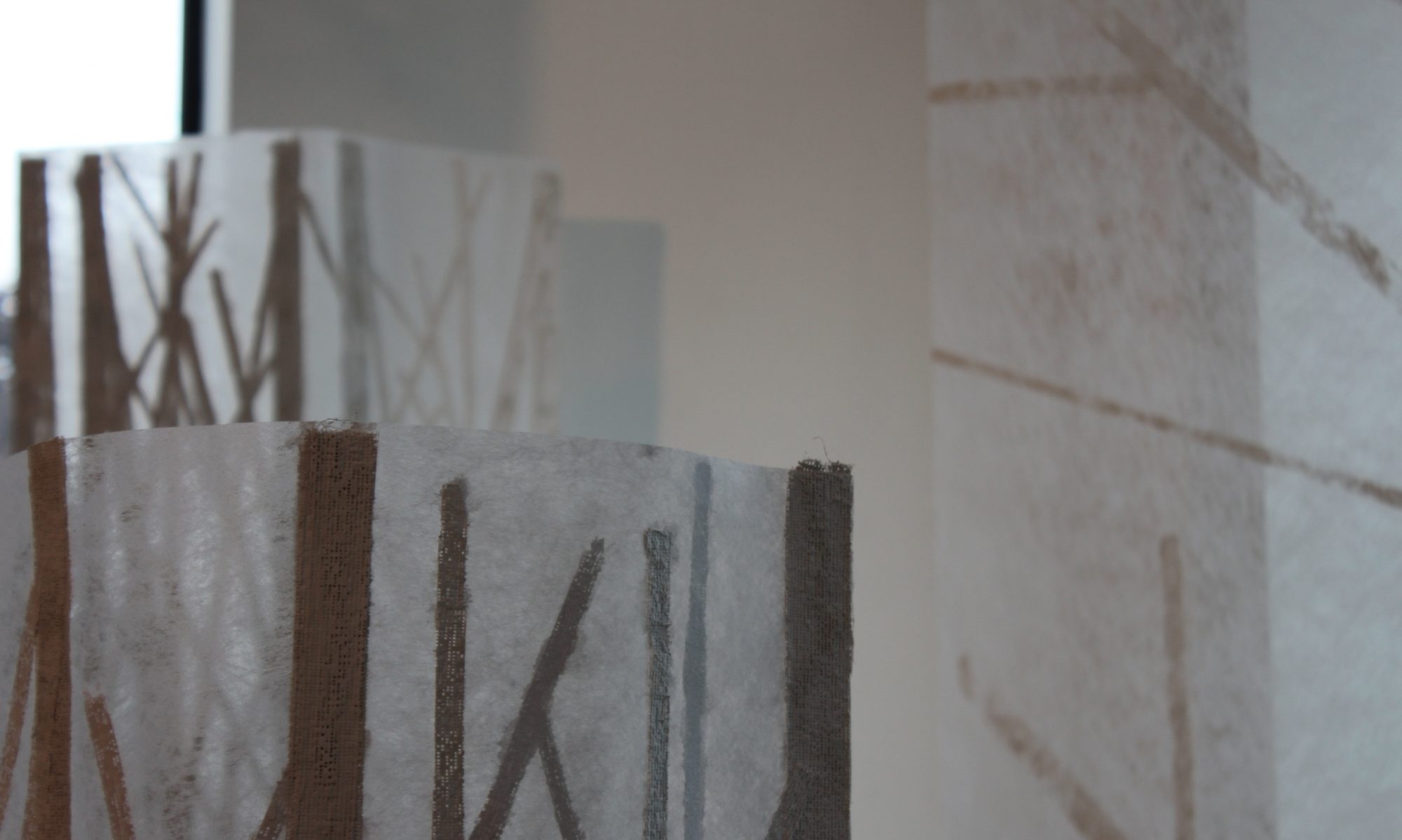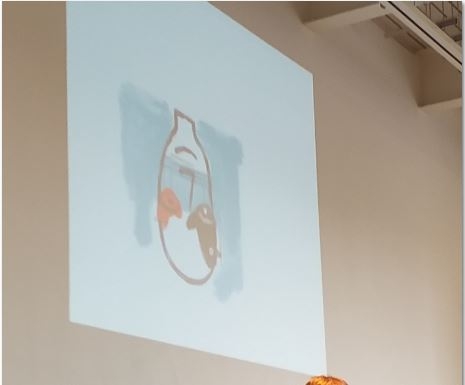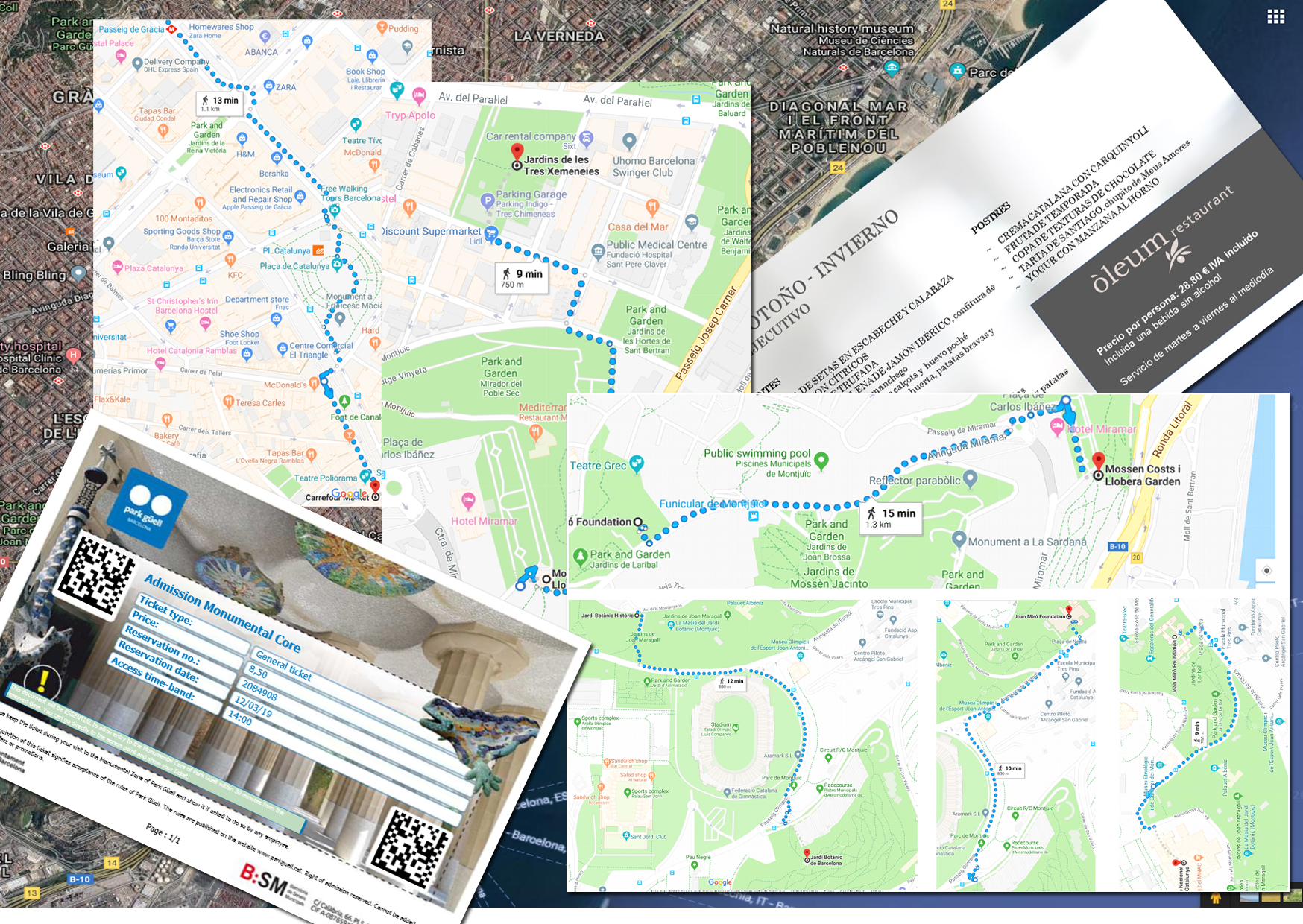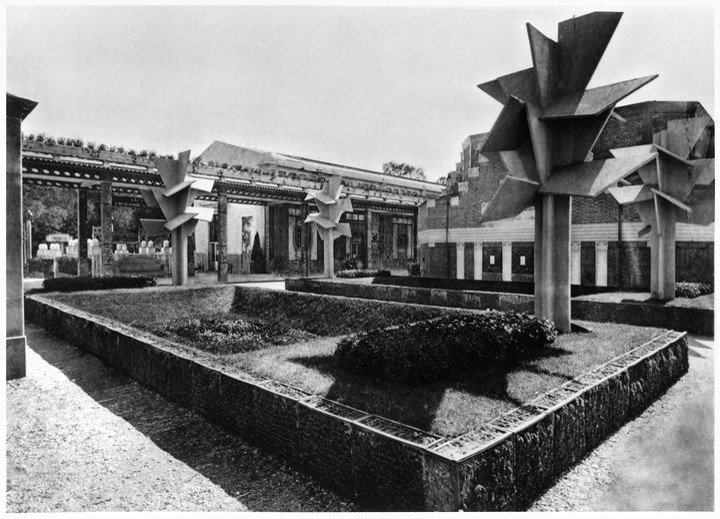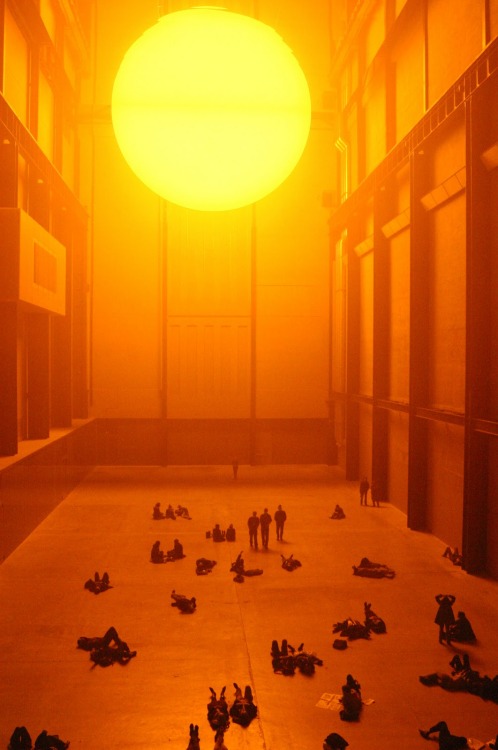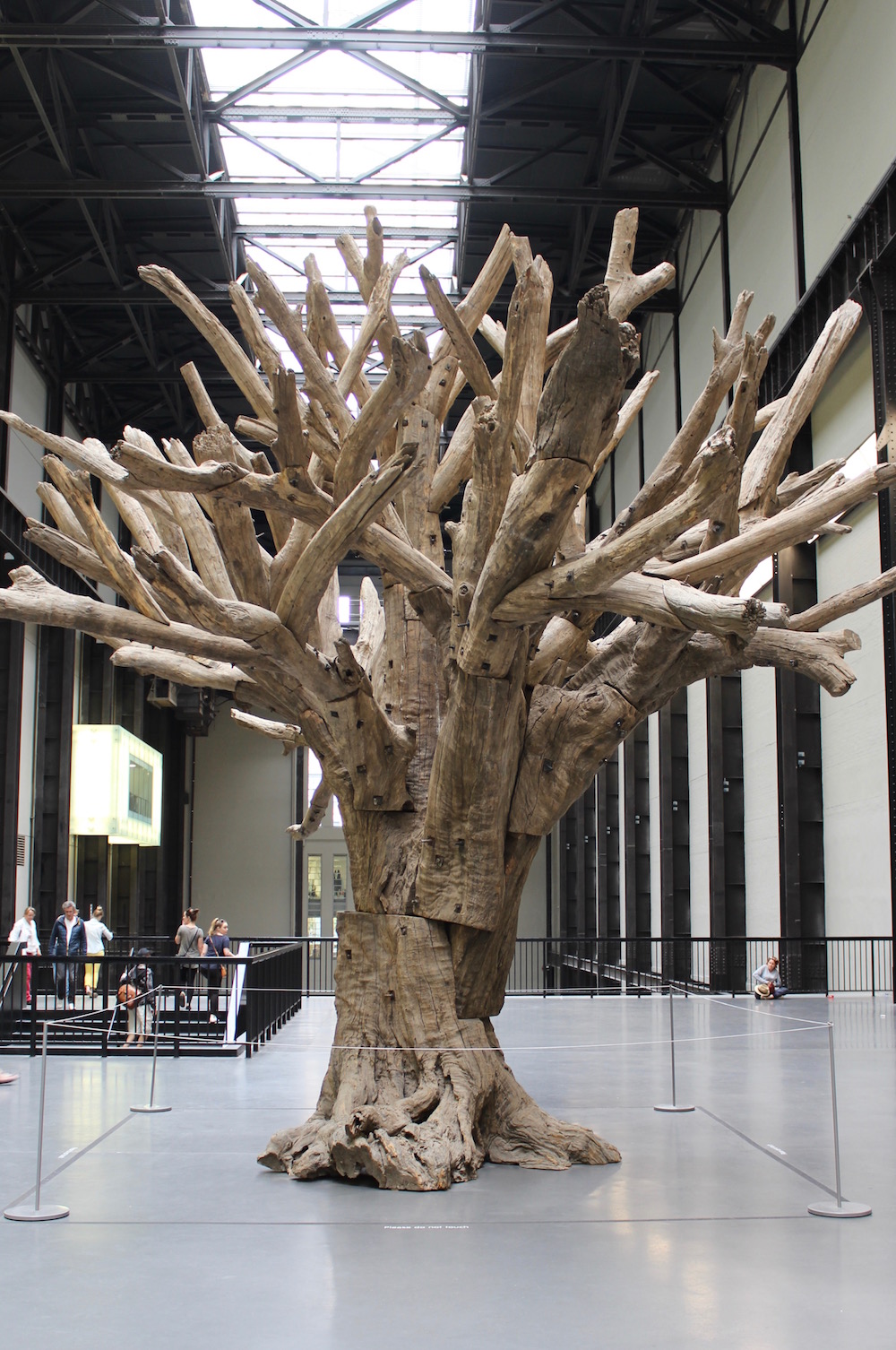https://www.culturehealthandwellbeing.org.uk/

The Great Northern Rhino @ Hancock Museum. Arrive early. A beautiful morning waiting for the doors to open.
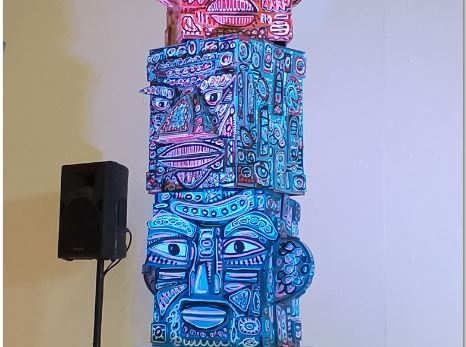
Tea & coffee & biscuits, along with Fabric Lenny’s box heads welcome delegates to the conference. There are unfinished ones for us to contribute to throughout the two days.
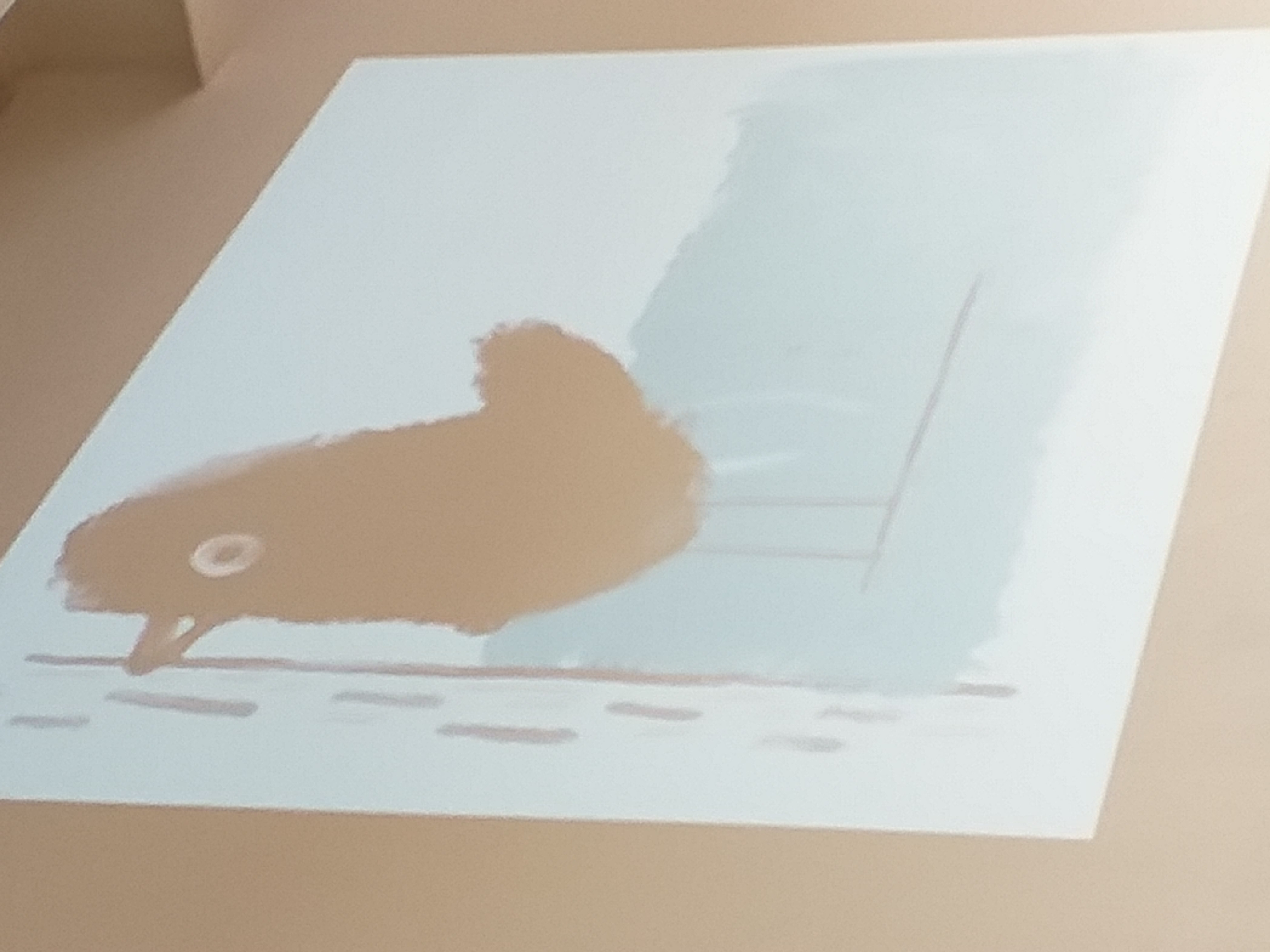
Paul Slater aka Fabric Lenny draws big screen during presentations that do not have media. Each doodle is rotated to form base of new idea – very engaging to watch.
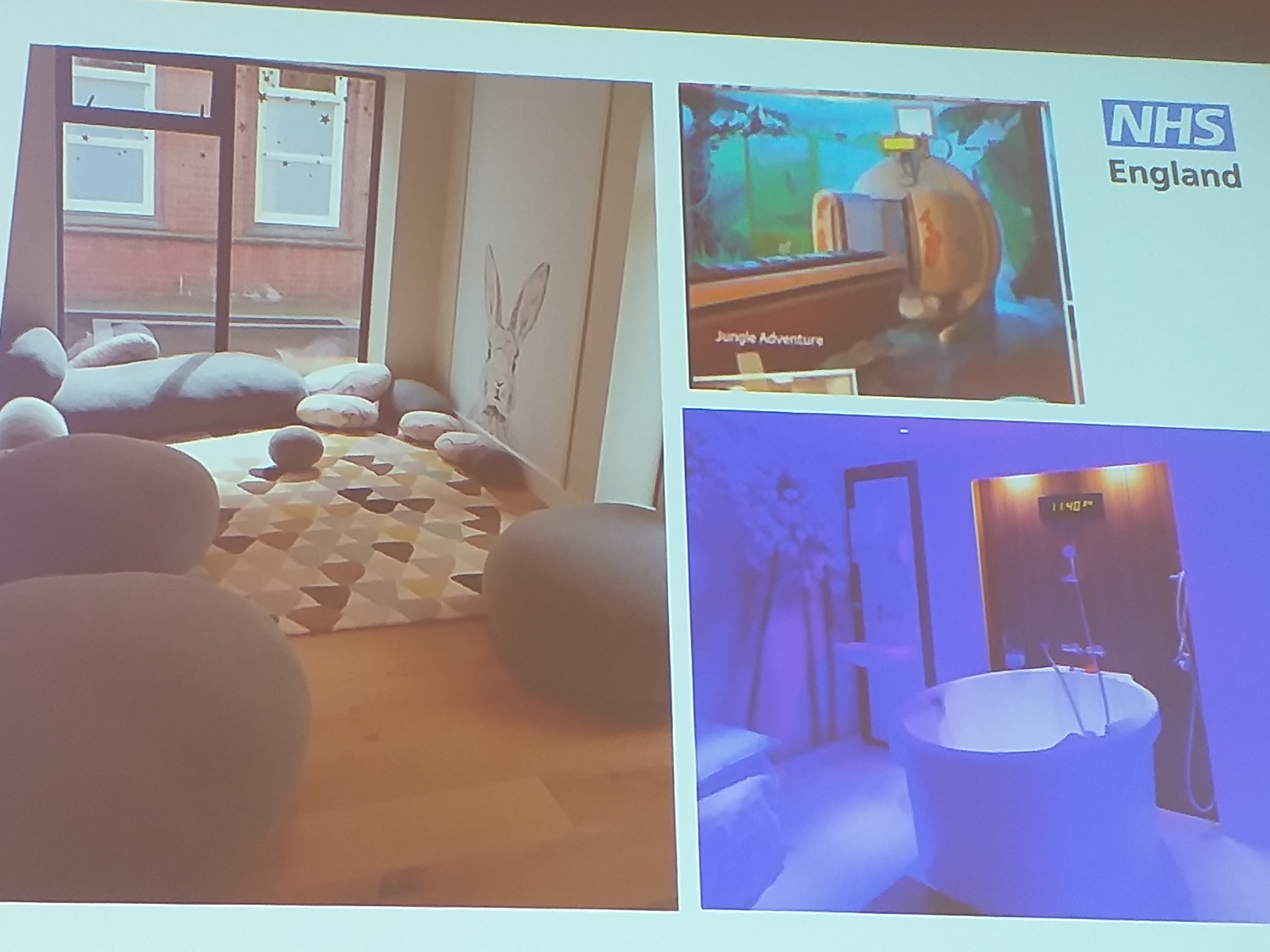

More thought provoking content regarding the role of visual art in ‘arts in health’.
BOUNDARY WORK/BOUNDARY OBJECTS – though not relating to ‘health’ …… rather akin to Sarah Casey’s work on the ‘boundaries’ of the seen/unseen. …….. sort of working in liminal spaces to reveal meanings and find shared understanding.

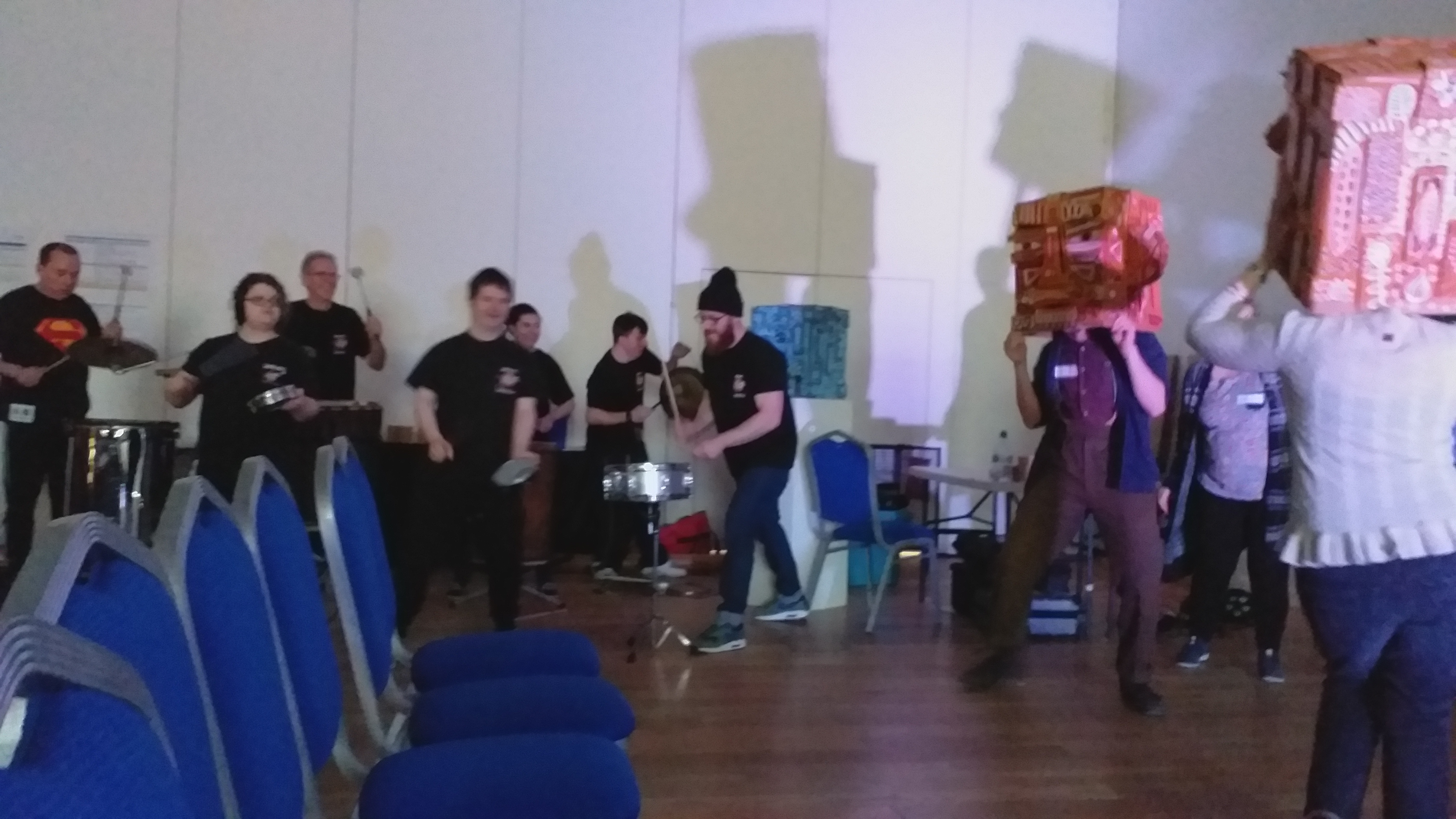
A joyous finale. Dancing heads grooving to the ‘Lawnmowers Beat This Band’ while Lenny’s animations dance on the walls.
